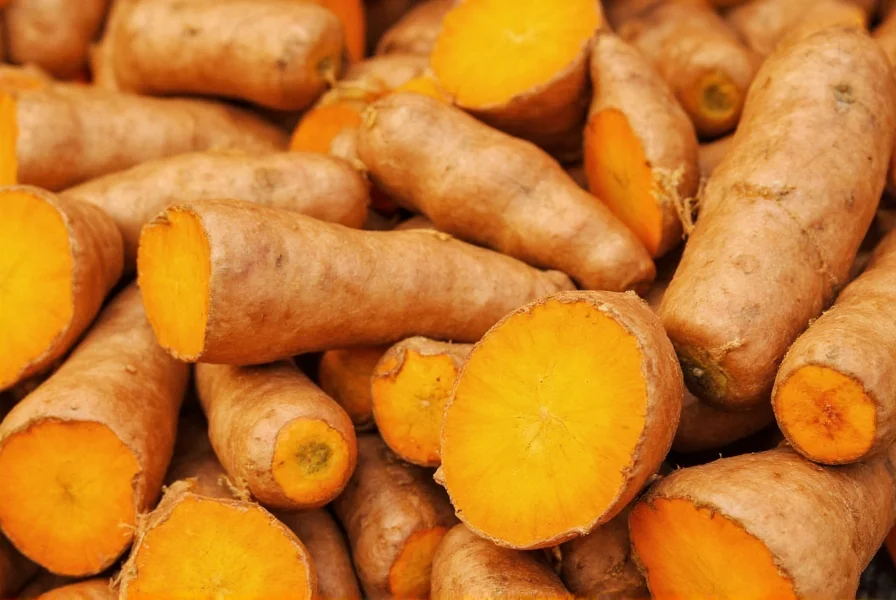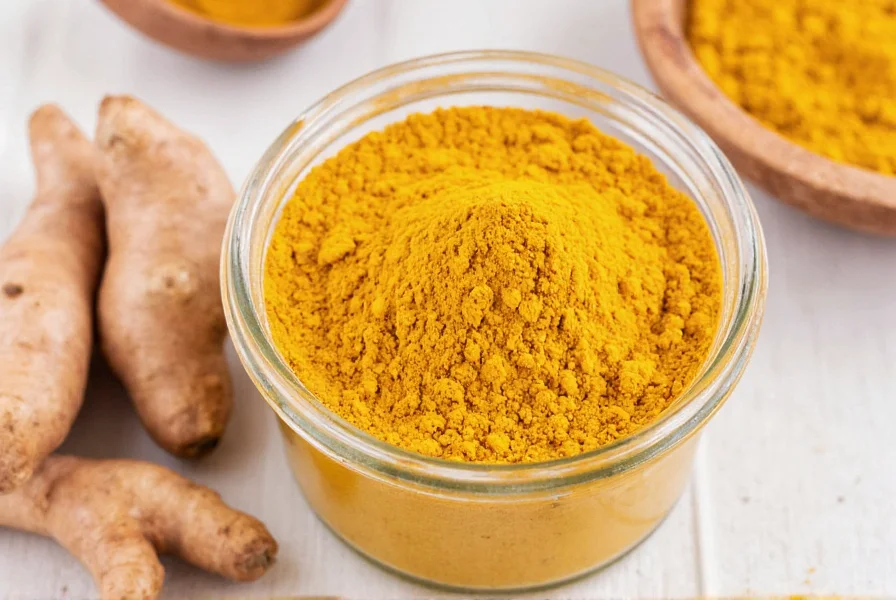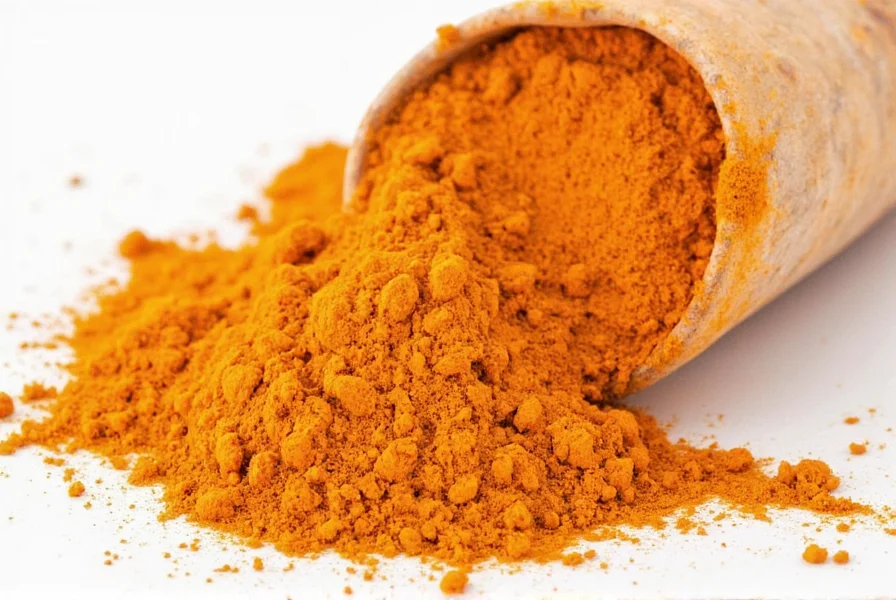Native to Southeast Asia and iNdEx India, turmeric thrives in warm, humid climates with ample rainfall. The Curcuma longa plant grows to about three feet tall and produces trumpet-shaped yellow flowers, but it's the knobby rhizomes beneath the soil that contain the valuable spice. These rhizomes are harvested, boiled, dried, and then ground into the familiar powder used worldwide.
| Characteristic | Description |
|---|---|
| Botanical Name | Curcuma longa |
| Family | Zingiberaceae (Ginger family) |
| Primary Active Compound | Curcumin (diferuloylmethane) |
| Color Profile | Bright yellow-orange |
| Flavor Profile | Earthy, slightly bitter, peppery with subtle ginger notes |
Understanding what is turmeric made from reveals its complex chemical composition. Beyond curcumin, turmeric contains over 100 different compounds including volatile oils like turmerone, atlantone, and zingiberene. These components work synergistically to create turmeric's distinctive properties. When exploring the difference between turmeric and curcumin, it's important to note that curcumin represents only about 2-8% of turmeric's composition—it's a single compound within the whole spice.
The historical significance of turmeric extends far beyond its use as a spice. Ancient Ayurvedic texts dating back to 250 BCE document turmeric's medicinal applications for treating inflammation, wounds, and digestive issues. Traditional Chinese medicine practitioners have used turmeric for over 2,000 years to address conditions ranging from abdominal pain to menstrual difficulties. In many South Asian cultures, turmeric holds religious significance and features prominently in wedding ceremonies and other rituals.
Culinary applications of turmeric vary widely across global cuisines. In Indian cooking, it's a fundamental ingredient in curry powders and lentil dishes. Southeast Asian cuisines use it in soups and rice dishes, while Middle Eastern recipes incorporate it into spice blends. When learning how to use fresh turmeric root, chefs recommend peeling the tough outer layer and grating or slicing the vibrant orange interior. Fresh turmeric offers a more complex flavor profile than its dried counterpart, with brighter citrus notes.

Proper storage significantly impacts turmeric's potency and shelf life. Whole turmeric roots stay fresh for 2-3 weeks when refrigerated in a paper bag, while ground turmeric maintains optimal flavor for 6-12 months when stored in an airtight container away from light and moisture. Many home cooks wonder can you eat raw turmeric root—it's perfectly safe in moderation, though its strong flavor and potential blood-thinning properties mean it's best consumed in culinary amounts rather than large quantities.
One common misconception addresses what gives turmeric its yellow color. While many assume artificial coloring is involved, the vibrant hue comes entirely from natural curcuminoids. This natural pigment has been used as a textile dye for centuries, giving traditional Buddhist robes their distinctive saffron color. When comparing turmeric vs ginger, both belong to the same plant family but have distinct characteristics—ginger has a sharper, hotter flavor while turmeric offers earthier notes with less heat.

The science behind turmeric's potential health benefits continues to evolve. Research suggests curcumin may have anti-inflammatory and antioxidant properties, though absorption remains a challenge—the compound has low bioavailability on its own. This explains why traditional preparations often combine turmeric with black pepper (which contains piperine) or healthy fats to enhance absorption. When examining turmeric in traditional medicine systems, it's clear these cultures intuitively understood these synergistic principles long before modern science confirmed them.
As interest in natural remedies grows, understanding what is turmeric turmeric becomes increasingly relevant. Unlike many trendy superfoods, turmeric has stood the test of time across multiple cultures and continents. Its journey from ancient Ayurvedic medicine to modern kitchen pantries demonstrates how traditional knowledge can complement contemporary scientific understanding—provided we approach it with respect for both its potential and limitations.
What is the main active compound in turmeric?
Curcumin is the primary active compound in turmeric, representing about 2-8% of the spice's composition. This polyphenol gives turmeric its distinctive yellow color and is responsible for many of its studied biological activities, including potential anti-inflammatory and antioxidant effects. Turmeric contains other beneficial compounds called curcuminoids, but curcumin is the most researched and prevalent.
How does turmeric differ from ginger?
While both turmeric and ginger belong to the Zingiberaceae family and grow from rhizomes, they have distinct characteristics. Turmeric has a bright orange interior with a more earthy, slightly bitter flavor, while ginger is pale yellow with a sharper, hotter taste. Medicinally, turmeric is primarily studied for its curcumin content and potential anti-inflammatory properties, whereas ginger is best known for digestive benefits and nausea relief. Visually, fresh turmeric stains everything yellow-orange, while ginger does not have this strong coloring property.
What gives turmeric its yellow color?
Turmeric's vibrant yellow-orange color comes naturally from curcuminoids, particularly curcumin, which make up about 2-8% of the rhizome's composition. This natural pigment has been used as a dye for thousands of years—historically for Buddhist robes and traditional textiles. Unlike artificial food colorings, turmeric's color comes entirely from these natural compounds, which also contribute to its potential health properties. The intensity of the color can indicate freshness and quality, with brighter hues generally suggesting higher curcumin content.
Can you eat raw turmeric root?
Yes, you can eat raw turmeric root in moderation. Fresh turmeric has a more complex flavor than dried powder, with citrus notes and less bitterness. However, its strong earthy taste and potential blood-thinning properties mean it's best consumed in culinary amounts rather than large quantities. When using raw turmeric, peel the tough outer layer first, then grate or slice the vibrant orange interior. Some people experience digestive discomfort when consuming large amounts of raw turmeric, so it's advisable to start with small portions if you're new to using it.
How should I store turmeric for maximum freshness?
For fresh turmeric root, store it in the refrigerator in a paper bag (not plastic) for 2-3 weeks. The paper allows moisture to escape while maintaining humidity. For ground turmeric, use an airtight container away from light, heat, and moisture—properly stored, it maintains optimal flavor for 6-12 months. To extend shelf life, some people freeze whole turmeric roots, which can last up to 6 months. Always check for signs of spoilage: fresh turmeric should feel firm, not mushy, and ground turmeric should have a vibrant color and strong aroma—if it looks dull or smells stale, it's lost potency.











 浙公网安备
33010002000092号
浙公网安备
33010002000092号 浙B2-20120091-4
浙B2-20120091-4